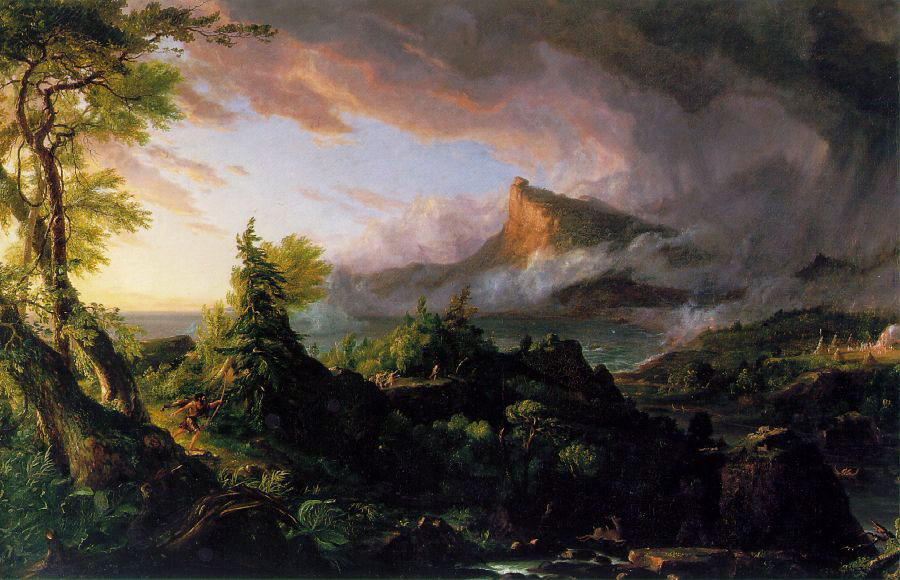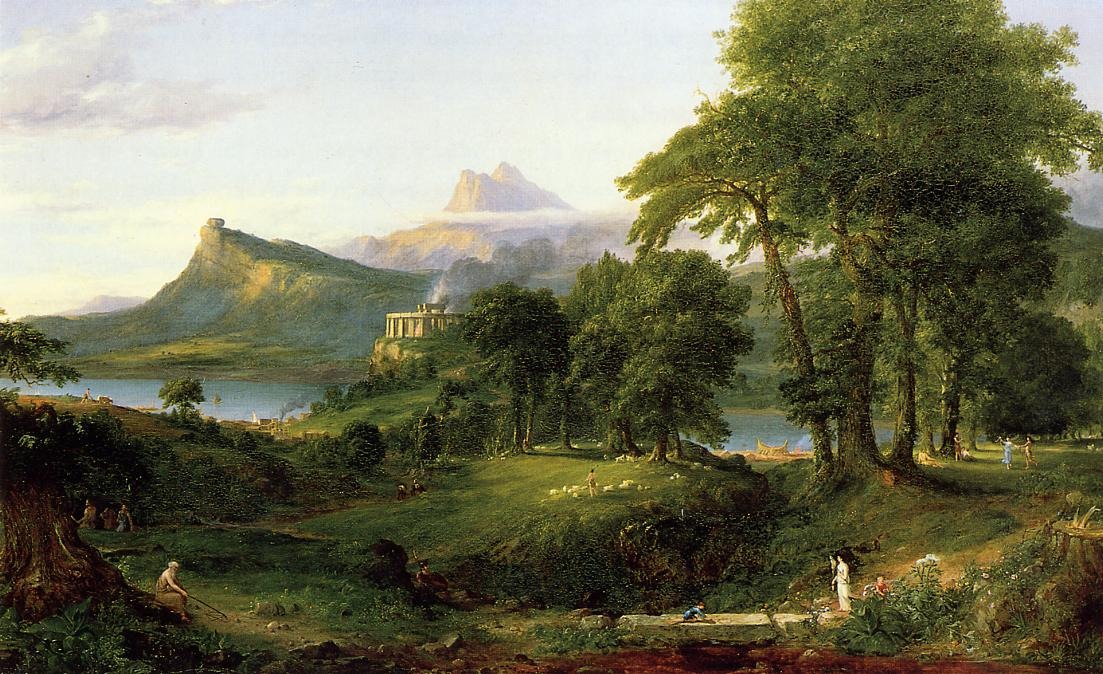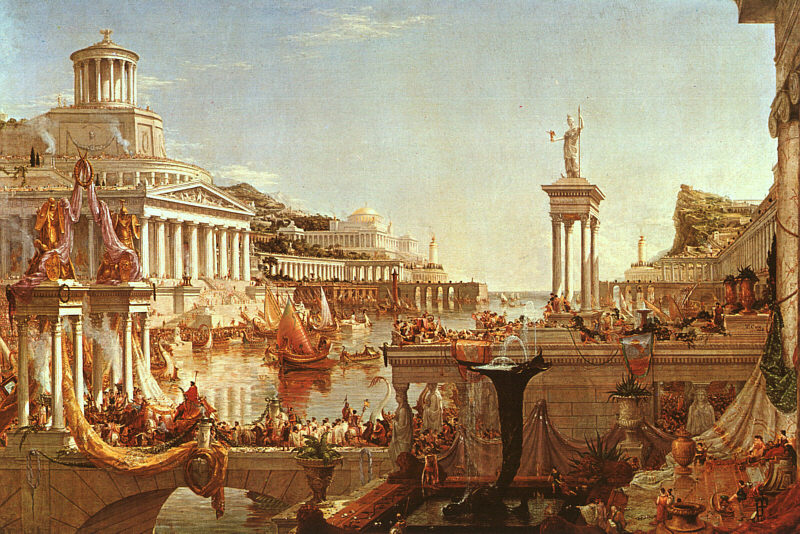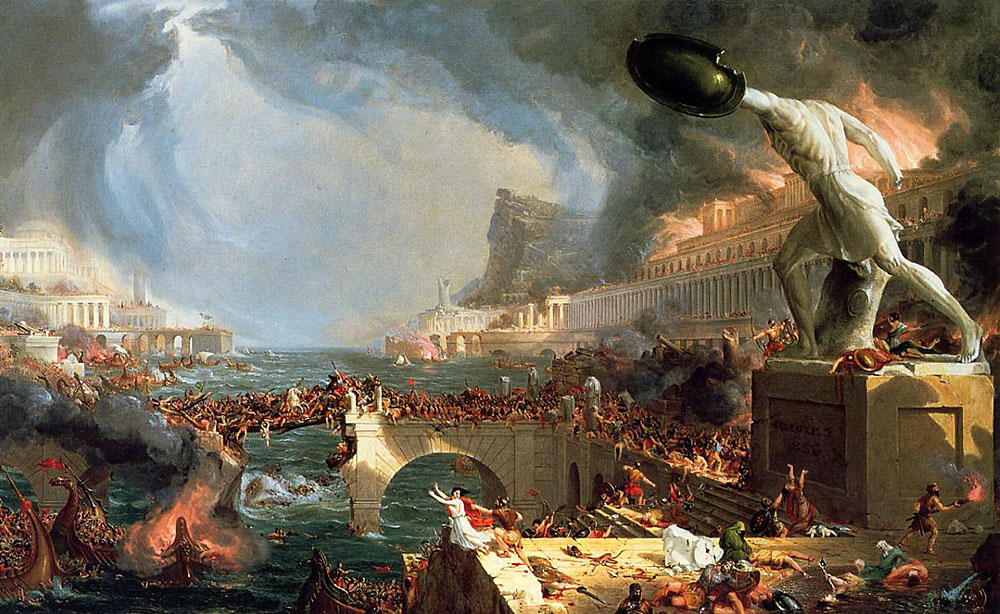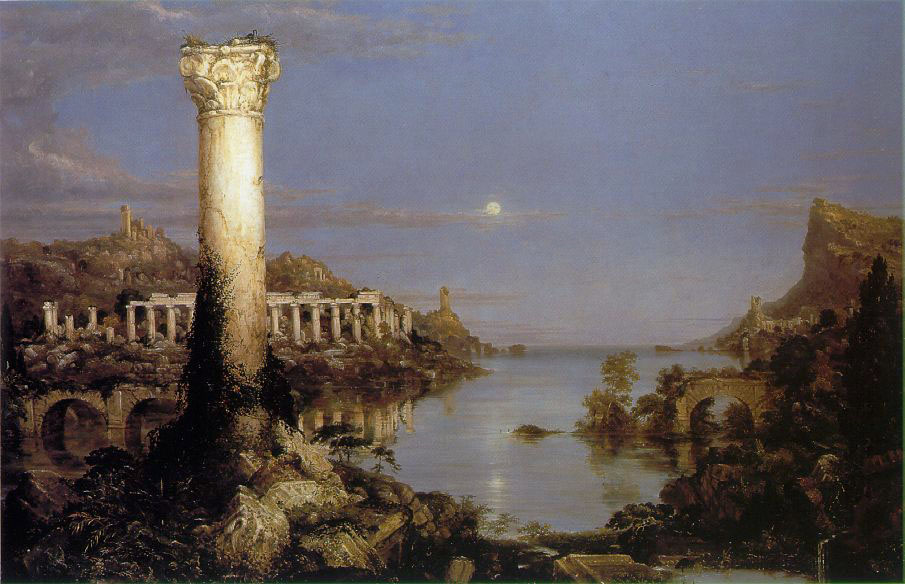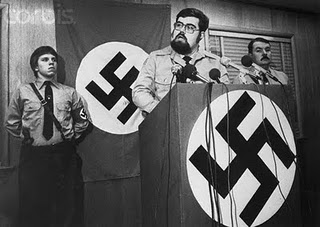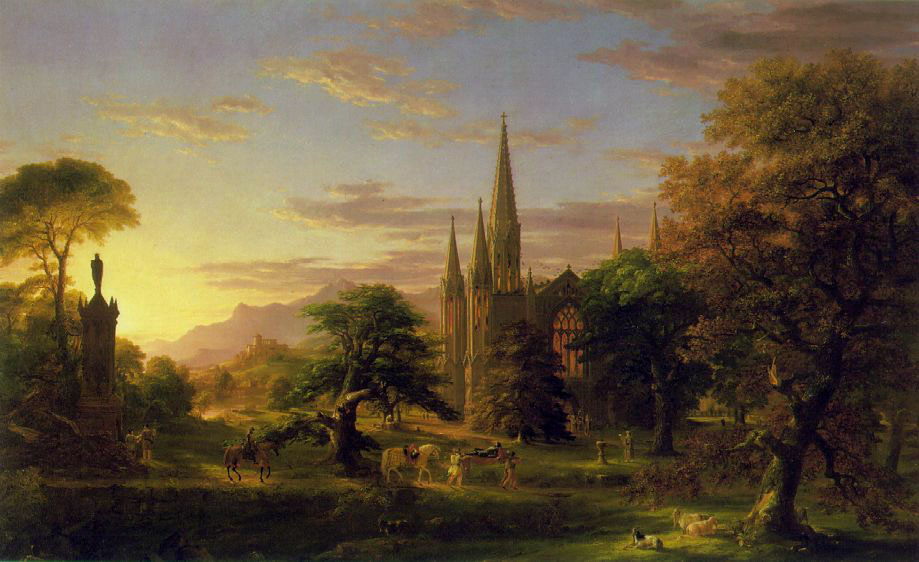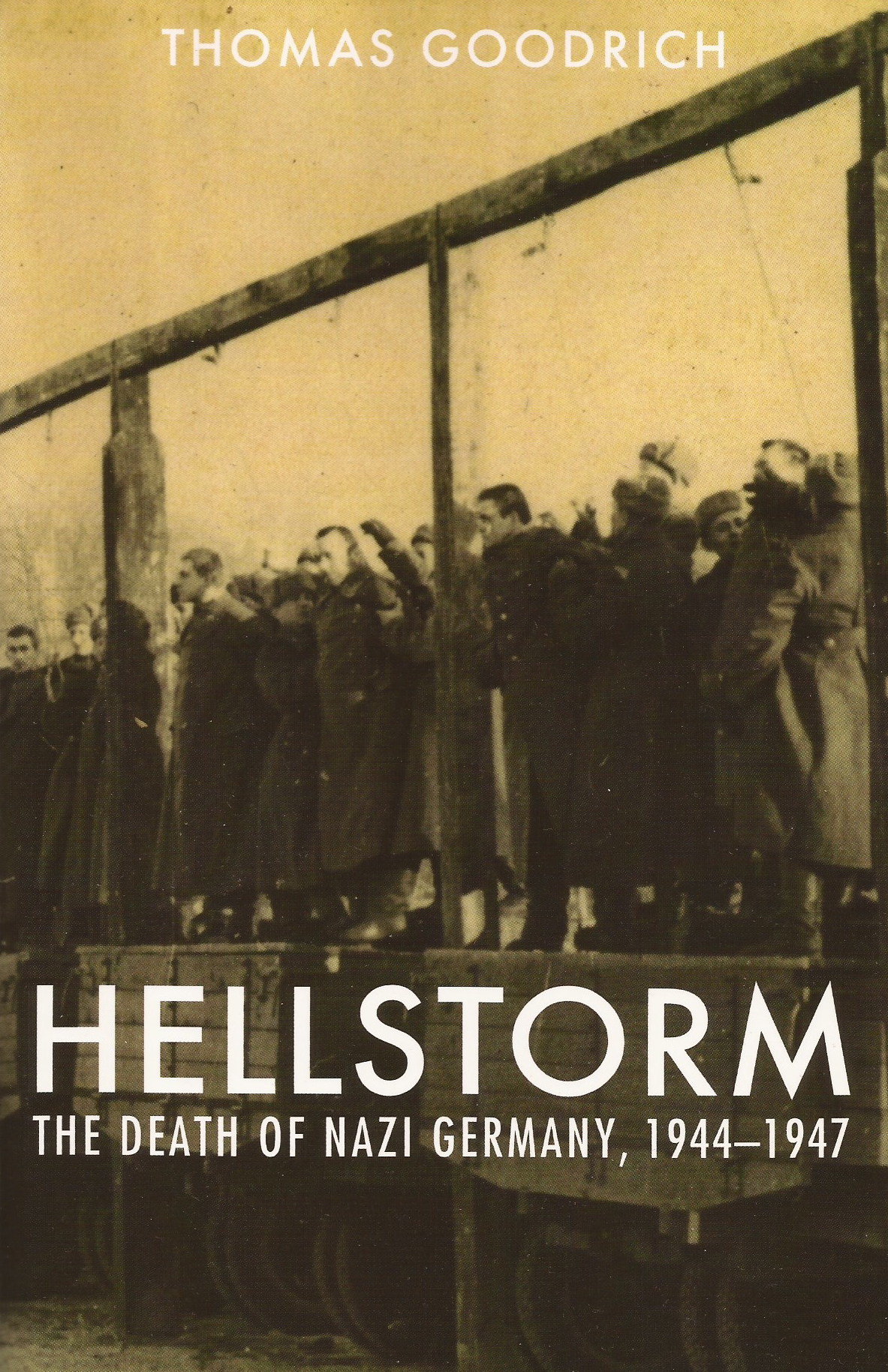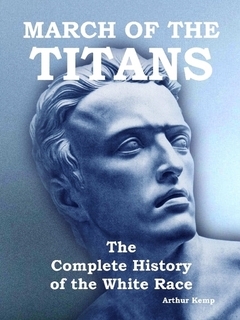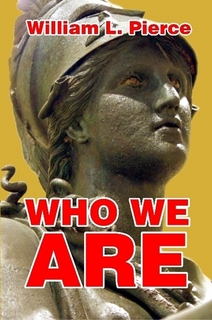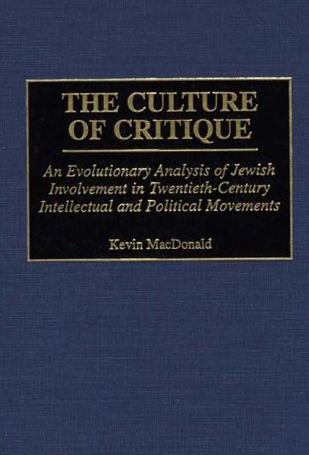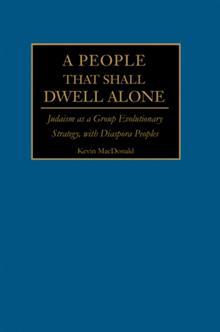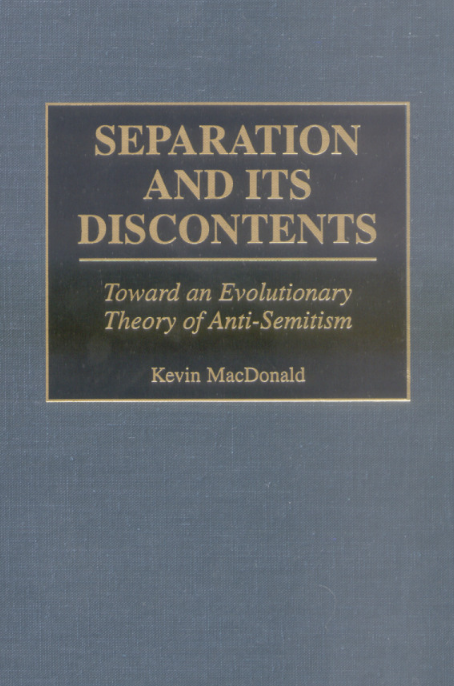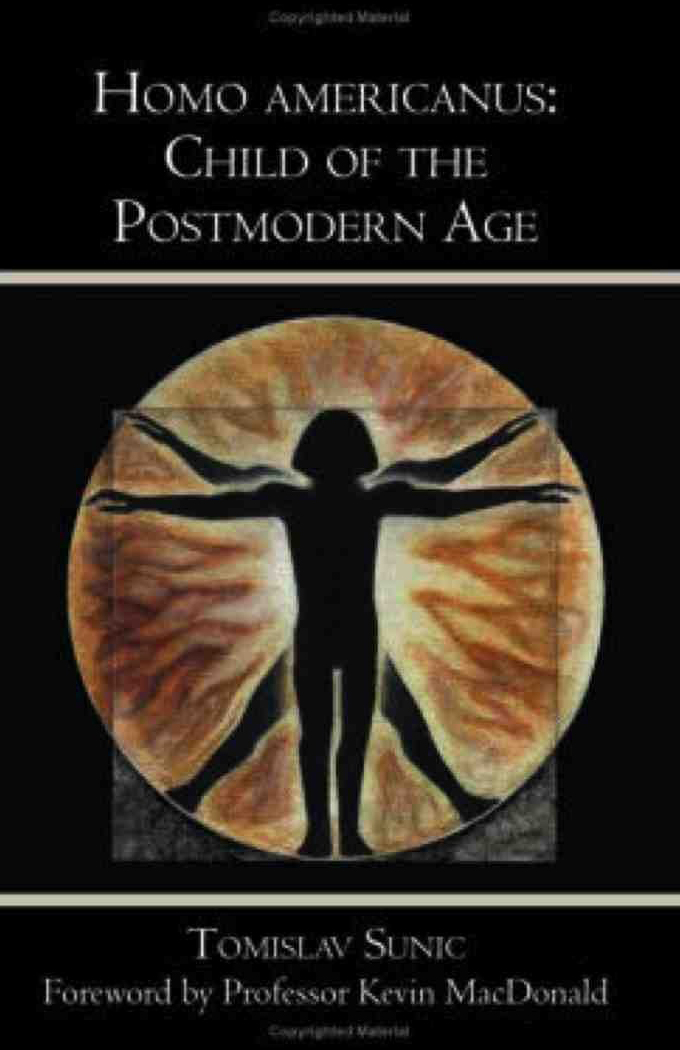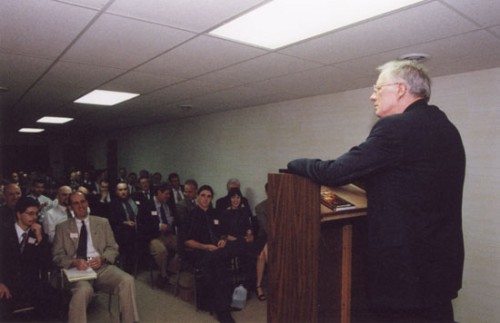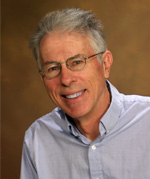 [Paul] Gottfried rejects much of the received wisdom on issues related to the German past. In “Germany’s War Wounds” he notes the hypocrisy of framing World War II as a moral crusade while ignoring the crimes against the German people. While England suffered around 21,000 civilian deaths from German bombing, over 600,000 German civilians died as their cities were bombed, with much of the carnage occurring after the war was effectively won and the cities were defenseless. Yet we have intellectuals like Christopher Hitchens stating that Germans who complain show “a combination of arrogance and self-pity tinged with anti-Semitism.” […]
[Paul] Gottfried rejects much of the received wisdom on issues related to the German past. In “Germany’s War Wounds” he notes the hypocrisy of framing World War II as a moral crusade while ignoring the crimes against the German people. While England suffered around 21,000 civilian deaths from German bombing, over 600,000 German civilians died as their cities were bombed, with much of the carnage occurring after the war was effectively won and the cities were defenseless. Yet we have intellectuals like Christopher Hitchens stating that Germans who complain show “a combination of arrogance and self-pity tinged with anti-Semitism.” […]
Gottfried notes that the influence on England to completely break away from its past and become a multicultural society “patterned itself on American reforms and American visions.”
I strongly suspect that this is true throughout the West. Once America became militarily and culturally dominant in the post-World War II era and given the international and hierarchical nature of elite culture (particularly apparent in the academic world), it was only a question of time before other Western countries followed in its footsteps. One can only imagine the pressure that would be exerted on, say, Australia if it had retained the White Australia policy into the present. […]
In “The Managerial President,” Gottfried notes that “All the major conflicts into which our leaders thrust us from the Civil War on, with the possible exception of Viet Nam, are seen as morally desirable actions. … [These historians] have never been as anti-Communist as they are anti-fascist and Teutonophobic. … The U.S. is a land of morally driven, energetic presidents who have made us into the envy and dread of the world.” […]
The WASPs barely fought back, instead leaving the stage laden with guilt and groping for a sense of moral righteousness—traits that were deeply embedded in their Puritan ancestors and cynically exploited by their Jewish conquerors. As a result, we now have a Jewish-dominated elite that is far more corrupt and far less representative of the country than the previous elite, but whose power and motives (the latter rooted in a boundless hostility although often phrased as a love for humanity) are completely outside of the boundaries of acceptable public discussion.
No people can long survive when they become dominated by an elite that is hostile to them and their culture.
__________________
Read it all: here.
